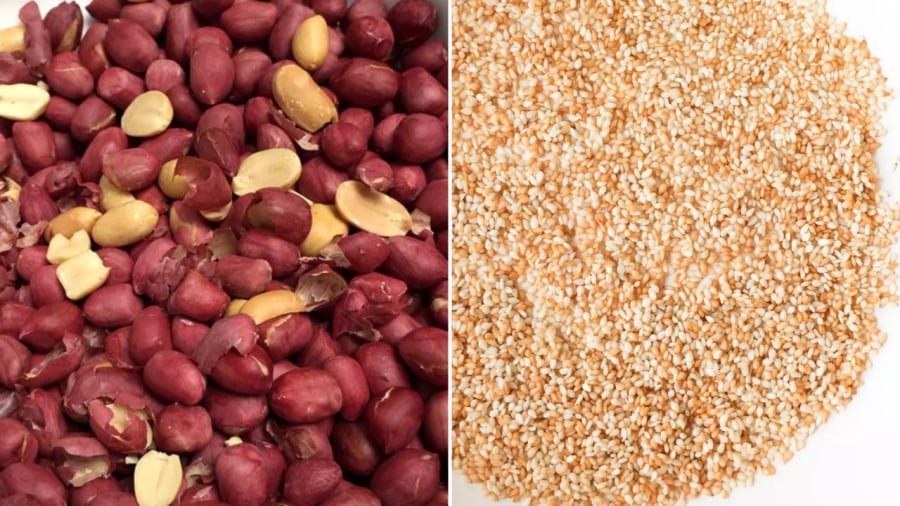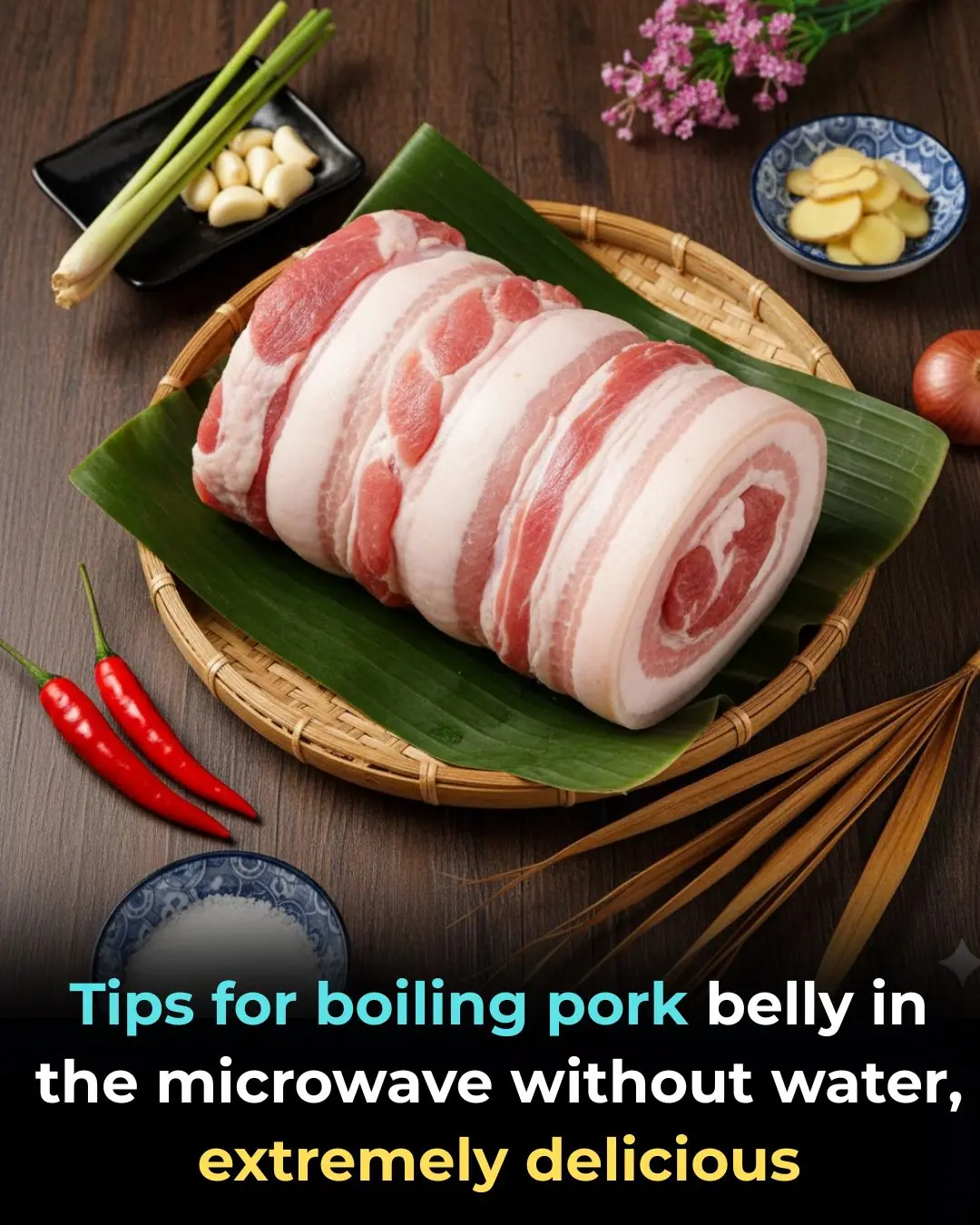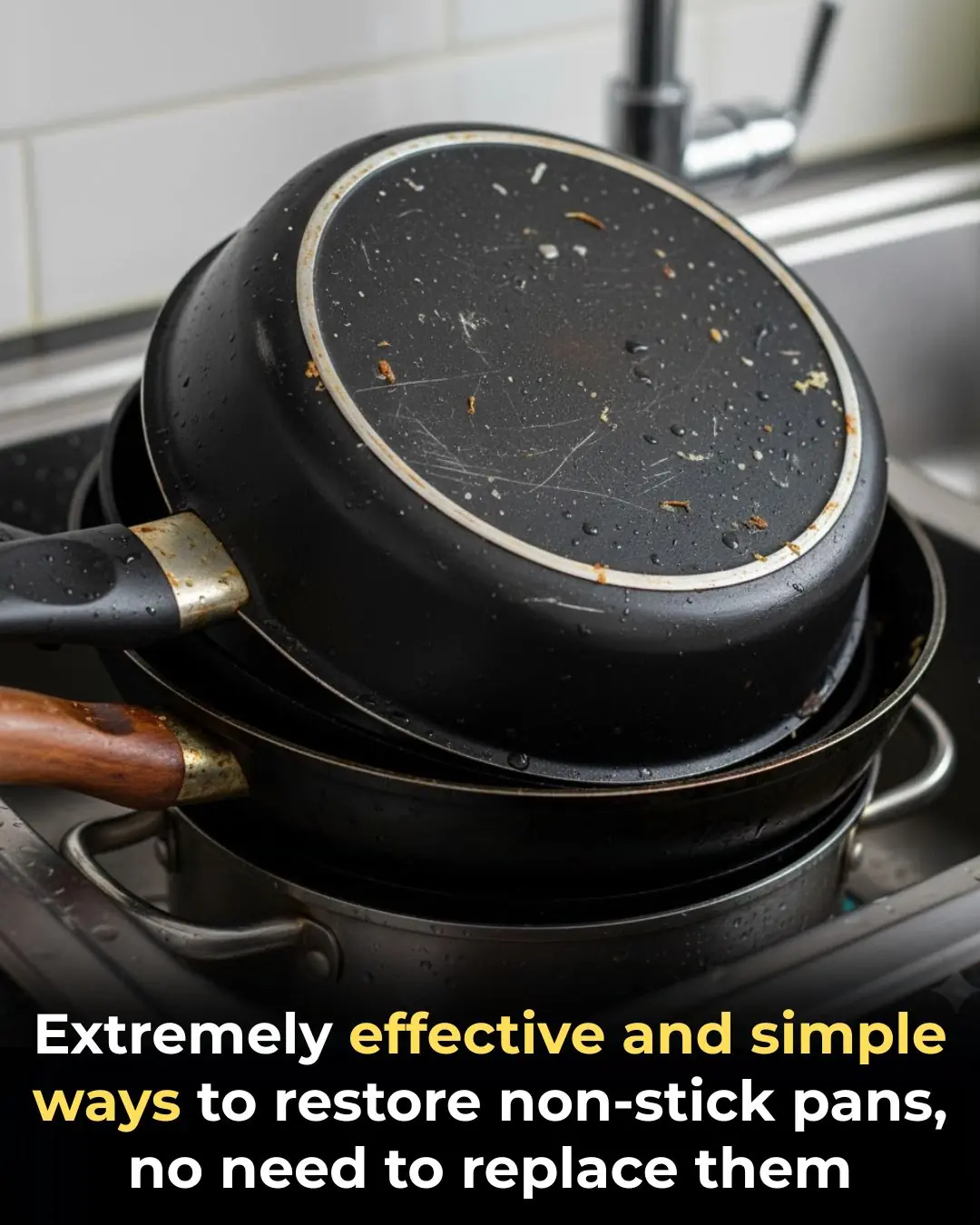
How to make sesame and peanut sauce with just the right taste, keep it for a long time without getting too oily, eat it with cold rice is also delicious
 How to Make Long-Lasting, Fragrant Peanut–Sesame Salt (Vietnamese Muối Vừng Lạc)
How to Make Long-Lasting, Fragrant Peanut–Sesame Salt (Vietnamese Muối Vừng Lạc)
Peanut–sesame salt is a simple, rustic Vietnamese staple that is easy to make, easy to store, and can be kept for a long time without losing its flavor. For many Vietnamese families, this humble condiment is deeply familiar and appears regularly on the dining table. It pairs beautifully with plain rice, sticky rice, or rice balls, and even serves as a delicious dip for boiled vegetables thanks to its nutty aroma and rich taste.
With just a few basic ingredients, you can prepare a full jar of peanut–sesame salt to enjoy gradually. However, to ensure the mixture stays fragrant for a long time and does not develop an unpleasant oily smell, there are several important tips you should know.
Choosing and Preparing Ingredients
1. Choosing and Preparing Peanuts
Start by selecting firm, dry peanuts with evenly sized, plump kernels and smooth outer skins. Many people prefer the dark-red "lac cúc" variety, which is smaller but denser and becomes extra fragrant when roasted.
Before roasting, rinse the peanuts briefly to remove any dust. This simple step also reduces their raw smell and slightly bitter aftertaste. Some cooks even blanch the peanuts in boiling water for a few seconds. Washing or blanching helps the peanuts roast evenly from the inside out, avoiding the common problem of burnt outsides but undercooked centers. It also prevents excess oil from leaking out later, which can cause the mixture to turn rancid or lose crispness during storage.
You can roast peanuts using a regular pan, an oven, a microwave, or an air fryer—each method works well.
If pan-roasting, use medium heat and stir continuously until the peanuts dry, then gradually cook through. Traditionally, people roasted peanuts with clean, sun-dried sand gathered from riverbanks. The hot sand helped distribute heat evenly, producing crisp, aromatic peanuts that stayed crunchy for longer.
Another trick is to roast peanuts with a handful of coarse salt. The salt helps conduct heat, making the peanuts crisp more quickly and evenly.
Once the peanuts are fully roasted, pour them onto clean paper and wrap them. Then place the wrapped peanuts inside a soft towel and roll it tightly. This helps the peanuts remain crunchy and enhances their aroma as they cool.
2. Preparing Sesame
White sesame seeds are most commonly used for peanut–sesame salt, but you may substitute black sesame depending on personal preference.
While waiting for the peanuts to rest, begin roasting the sesame.
Rinse the sesame to remove dust and small stones, then drain. At the start of roasting, you can add a small splash of water. This helps the seeds heat gradually, allowing them to stay fragrant for a long time without turning rancid. Roast until you hear gentle popping sounds and smell a rich, nutty aroma. Transfer the sesame to a tray and spread evenly to cool.
3. Roasting Salt
While the sesame cools, continue by roasting the salt. Coarse salt is ideal because it dries well and adds a pleasant texture. Roast it over low heat until the grains become slightly opaque and some begin to pop. At this stage, the salt is fully dry.
Roasting the salt ensures the final mixture remains dry and stores well for months.
Pounding the Peanut–Sesame Salt
Using a mortar and pestle produces the best aroma and texture for this traditional condiment.
First, remove the peanut skins completely before pounding. Hold the pestle at a slight angle and pound gently, stirring occasionally. Avoid crushing the peanuts too finely, as this will release too much oil and cause the mixture to become sticky, soft, and quickly rancid. Transfer the pounded peanuts to a large bowl.
Next, pound the sesame seeds lightly—just enough to crack them and release their natural fragrance.
Finally, pound the roasted salt until fine.
Although many people choose to use a food processor for convenience, machine-grinding often heats the ingredients too quickly, making them lose aroma and release excess oil. The traditional mortar-and-pestle method may require more effort, but it produces the best flavor.
Combine the peanuts and sesame in a large bowl. Gradually add the salt while mixing until the seasoning tastes perfectly balanced—salty, nutty, and aromatic.
Storing and Using Peanut–Sesame Salt
Peanut–sesame salt pairs wonderfully with hot rice, cold rice, rice balls, sticky rice, or as a dipping condiment for boiled vegetables. Its simple flavor has a comforting, nostalgic quality that many people love.
Store the mixture in a clean, dry glass jar with a tight-fitting lid. Keep the jar in a cool, dry place or refrigerate it for longer shelf life. Each time you use it, scoop out the amount you need with a completely dry, clean spoon. Reseal the jar immediately to protect the remaining mixture from moisture and maintain its quality.
With proper preparation and storage, homemade peanut–sesame salt can stay delicious, crisp, and fragrant for weeks—sometimes even months.
News in the same category


Why are cucumbers bitter? Is it okay to eat bitter cucumbers?

Every family needs essential oil mixed with white vinegar. Everyone likes it because it is both safe and saves money.

How to grill soft and delicious skewers that are not dry, delicious but not boring, from a good mother

Cook braised meat without adding water: Add this to make the meat soft and flavorful without drying out.

Long-term rain and floods, wet shoes and smelly shoes, use this tip immediately to naturally deodorize

Showerheads that have been used for a long time often become clogged, but with this simple method, the built-up residue can clean itself off without costing you any money to replace the head.

Things You Should Never Do to Avoid Lightning Strikes

How to destroy your liver: 10 worst habits for fatty liver (hepatic steatosis)

5 tips for marketing to help you never get ripped off: Take advantage of them to use when necessary

Tips for boiling pork belly in the microwave without water, extremely delicious

Extremely effective and simple ways to restore non-stick pans, no need to replace them

The wonderful uses of boiled beer, solving problems that every household encounters

Unlock Energy Savings: How Proper Use of Your Refrigerator’s Temperature Control Button Can Cut Costs

8 tips to increase wifi speed tenfold

8 Natural Ways to “Cleanse” Your Lungs: Affordable Yet Highly Effective

How to Easily Unclog a Blocked Drain Without Calling a Plumber

Hang this bunch of leaves on your window, and no matter how many mosquitoes there are, they’ll all disappear: effective and completely safe

5 Items You Should Never Buy at the Supermarket — Especially When They're on Sale
News Post

‘Go Back Home Friend’: Vince Herbert’s Slim, Unrecognizable New Look Has Fans Telling Tamar Braxton It Might Be Time to Spin the Block

Grab A Tissue Before Watching This Father And Son Reunite After 37 Years

My Nana Taught Me a 1-Minute Hack to Remove Sticky Jar Labels — With Zero Effort

If You Have These Two ‘Dimples’ on Your Lower Back

Actor Brian Tyree Henry Has Heartwarming Reunion With Morehouse Professor Who Inspired Acting Career

Whoa, I Had No Idea This Is Why Milk Jugs Have That Dent

Blurred Vision in One Eye and a Headache

I Didn’t Know This Bee Sting Trick—My Dad Swears By It

All The Feels: 6-Year-Old Overcome With Emotion Watching His Mother Walk Down The Aisle

Actress Ayo Edebiri Honored With Her Own Day in Hometown of Boston

Nearly A Century After Blues Musician Robert Johnson’s Death, A Group of Young Artists Are Making Him Go Viral

All The Feels: Watch This Dad, Who Was Paralyzed After Skiing Accident, Dance With His Daughter On Her Wedding Day

Grab A Tissue, Because This 11-Year-Old Asking His Stepdad To Adopt Him Will Give You All The Feels

Habits of Highly Intelligent People

Powerful Health Benefits of Pineapple You Should Know

How To Detox Each Organ To Reset Your System

Natural Detox: Simple Daily Habits to Support Your Kidneys, Liver & Lungs

Every family needs essential oil mixed with white vinegar. Everyone likes it because it is both safe and saves money.
